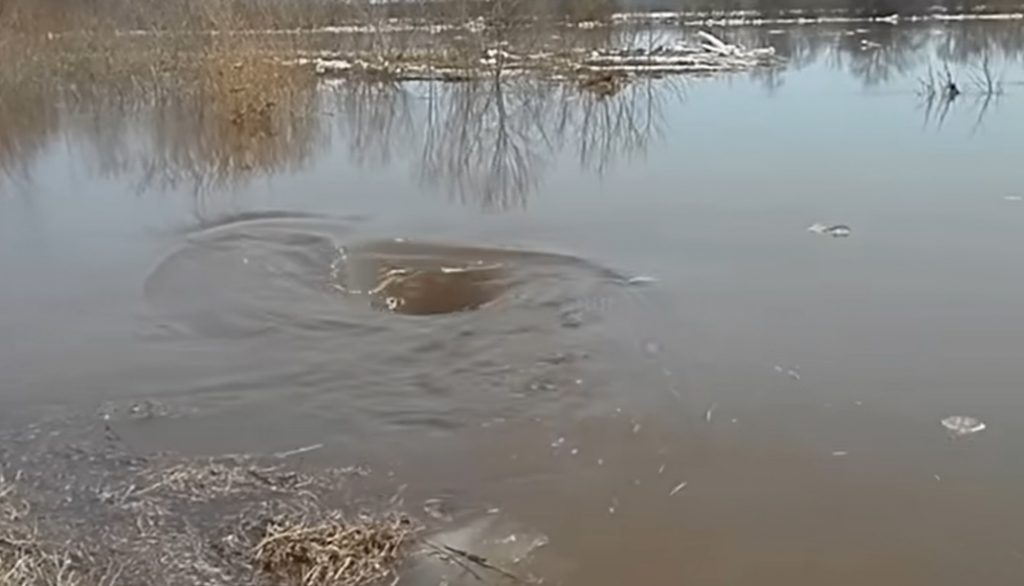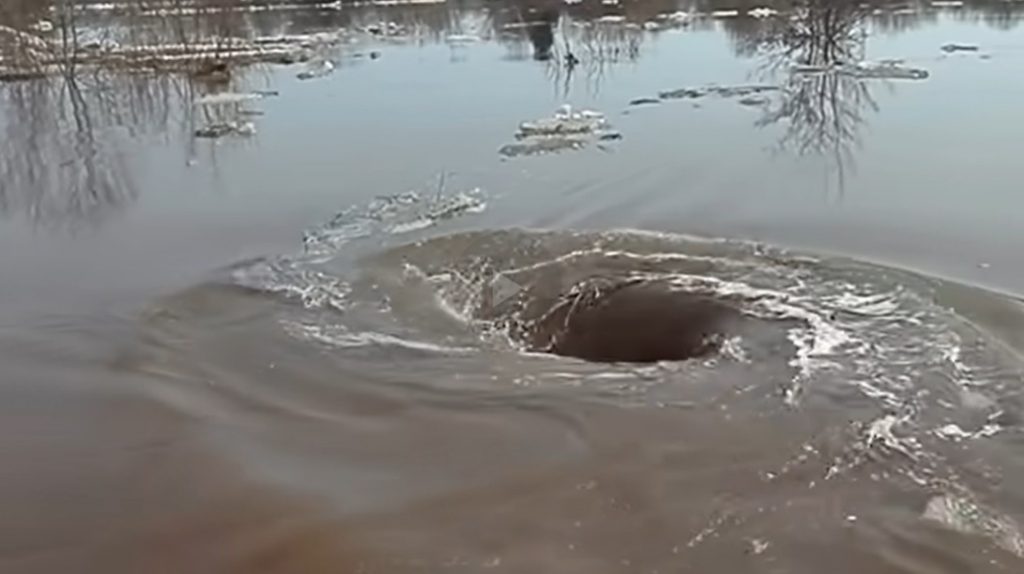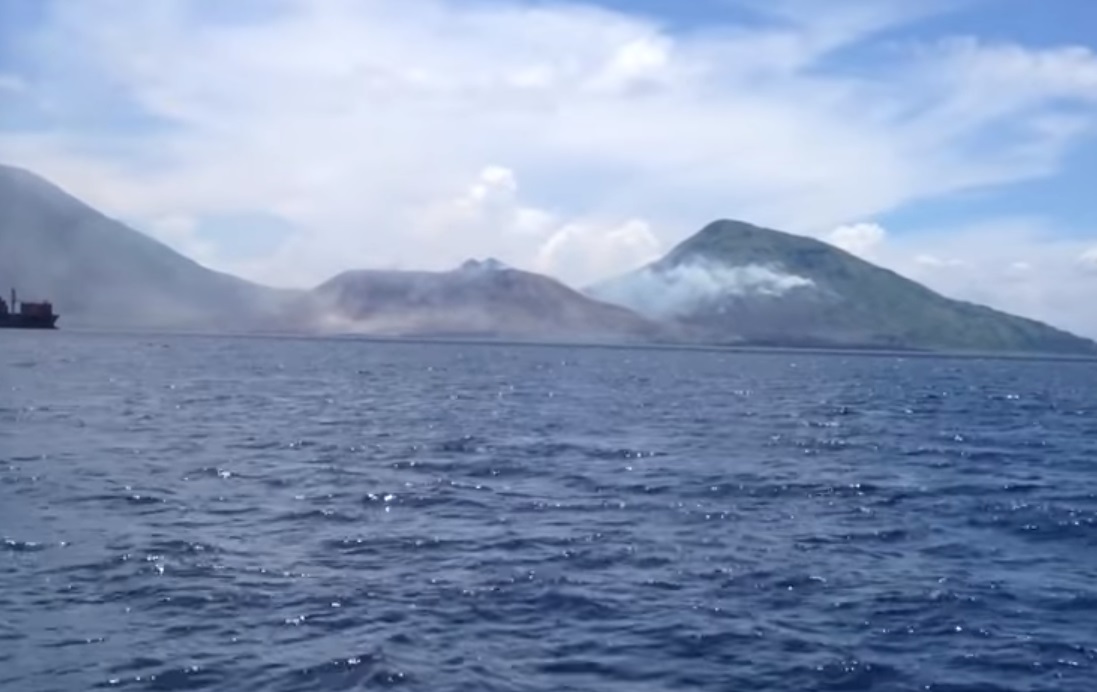Nature is full of wonders, and one of the most mesmerizing phenomena is the whirlpool. A whirlpool is a swirling body of water that occurs when opposing currents meet, creating a vortex-like effect. These natural phenomena can be found in oceans, lakes, rivers, and even in your own bathtub. In this article, we will explore the different types of whirlpools found in nature and the science behind them.

Whirlpool can be categorized into three main types: oceanic, and riverine.
Oceanic whirlpools, also known as maelstroms, are the largest and most powerful whirlpools. These massive vortices are caused by the meeting of ocean currents and can reach up to 30 meters in diameter. One of the most famous oceanic whirlpools is the Moskstraumen, located off the coast of Norway.
Riverine whirlpools are smaller and less powerful than oceanic whirlpools. They occur in rivers and streams and are caused by changes in the riverbed, such as rocks or other obstructions. One of the most well-known riverine whirlpools is the Charybdis, located in the Strait of Messina between Italy and Sicily. watch the video down below to see the riverine whirlpool and how it can be.

It’s like a black hole that never stops, where is everything going?
It starts off normal, but then it gets INSANE. This MONSTROUS whirlpool swallowed everything in its path. All we can say is WOW.

Whirlpools are created when two opposing currents meet, causing a circular motion. The Coriolis effect, which is the rotation of the Earth, also plays a role in the formation of whirlpools. The direction of the vortex is determined by the direction of the current that is stronger. In the Northern Hemisphere, whirlpools rotate clockwise, while in the Southern Hemisphere, they rotate counterclockwise.
Whirlpools can have a significant impact on the environment. They can create a dangerous situation for boats and swimmers, and can also disrupt aquatic life by pulling organisms underwater.

